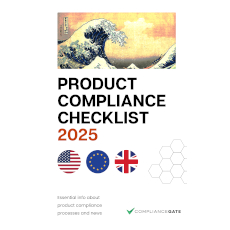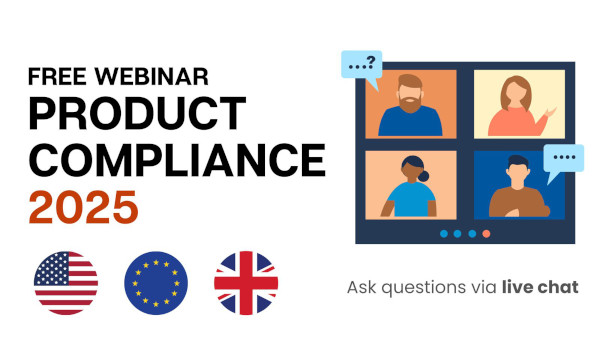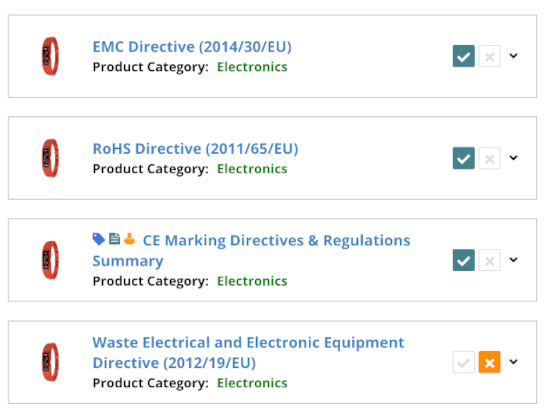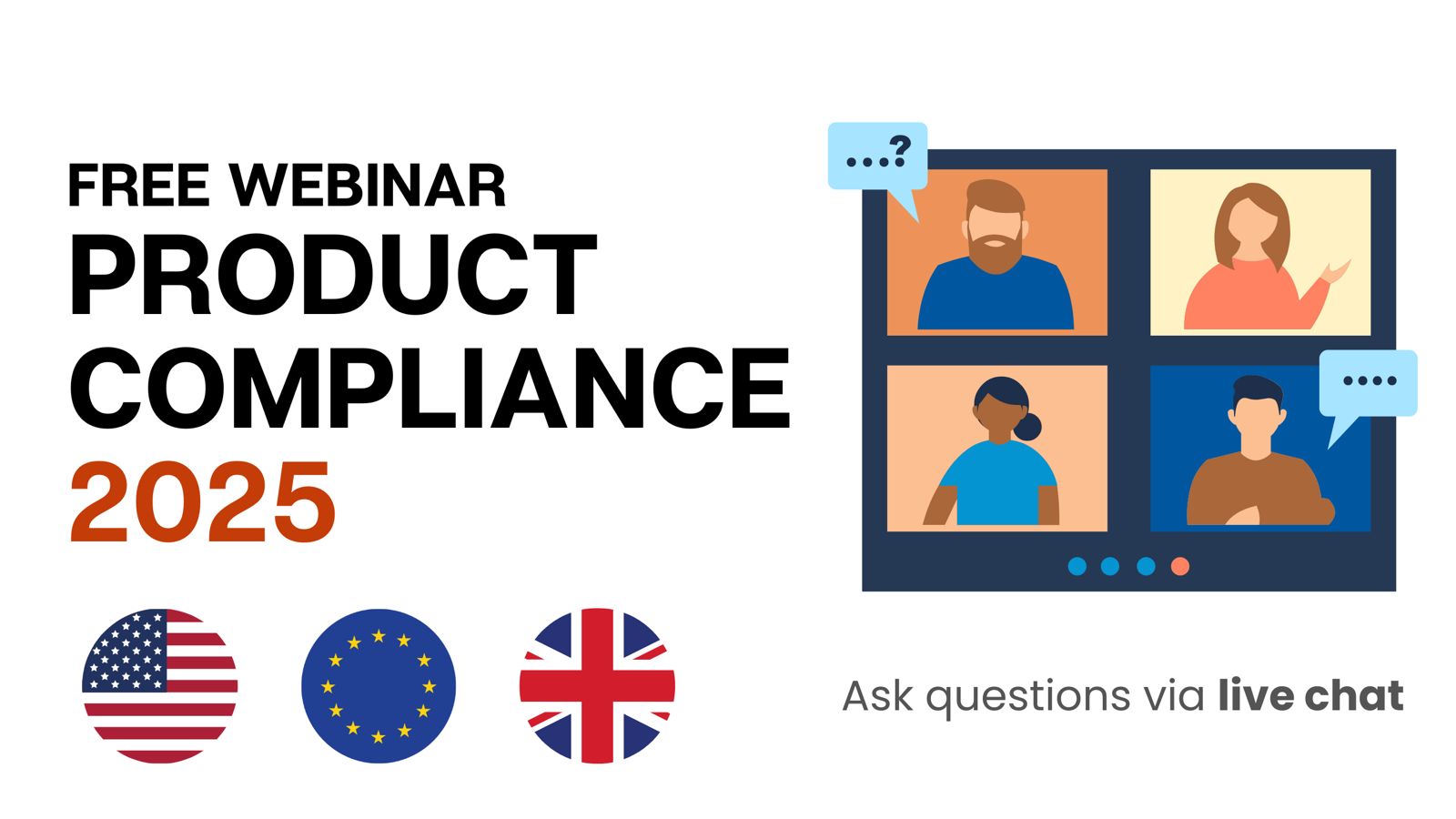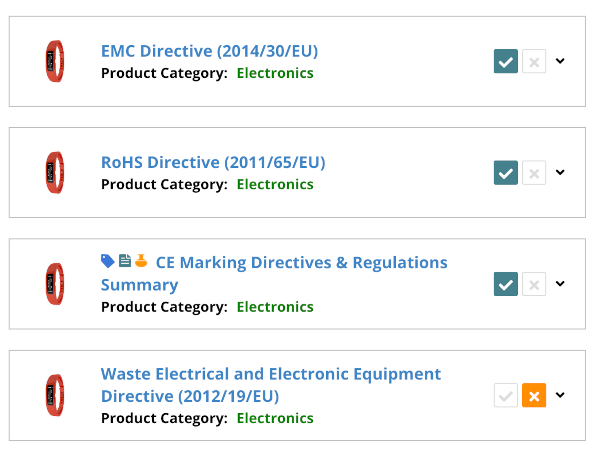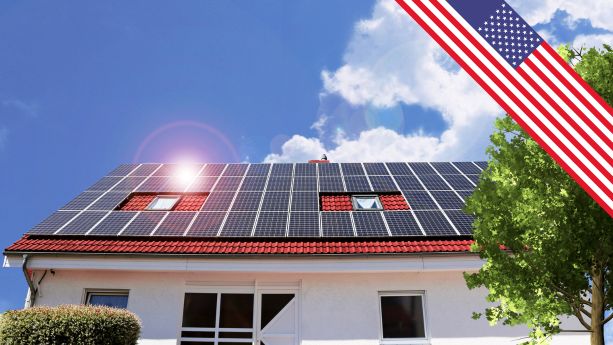
Solar panels sold in the United States need to comply with various standards and regulations, including requirements that cover labeling, documentation, and testing.
This guide explains how UL and ASTM standards, as well as FCC Part 15 and other requirements, apply to solar panels sold in the United States.
Note: This guide focuses solely on compliance requirements for solar panels, also referred to as solar modules or photovoltaic modules. It does not cover broader solar or photovoltaic systems, which may include components such as battery packs, inverters, and more.
Content Overview

FREE CONSULTATION CALL (US, EU & UK)
- Request a free 30-minute call with Ivan Malloci to learn how we can help you with:
- Find product requirements
- Certification and labeling
- Lab testing
UL Standards
Several UL standards apply to solar panels. You can apply such standards to ensure that your products are safe to use and do not, for instance, overheat or cause a fire.
This section lists some examples of UL standards for solar panels. Note that more standards may exist.
| Standard | Description |
| UL 1703 – Flat-Plate Photovoltaic Modules and Panels | This standard applies to flat-plate photovoltaic modules and panels that are meant to be installed on buildings and have a maximum system voltage of 1500 V.
This standard also applies to parts for electrical connection and the mounting of flat-plate photovoltaic modules and panels. |
| UL 4730 – Nameplate, Datasheet, and Sampling Requirements of Photovoltaic Modules | This standard covers requirements such as nameplate, datasheet, and sampling regarding photovoltaic modules. |
| UL 61730-1 – Photovoltaic (PV) Module Safety Qualification – Part 1: Requirements for Construction | This standard defines the basic construction requirements for photovoltaic modules to ensure safe electrical and mechanical operation. Those requirements address, for instance, the prevention of:
The standard applies to: a. Photovoltaic modules limited to a maximum DC system voltage of 1,500 V b. Terrestrial flat plate module materials (e.g. thin-film modules) |
| UL 61730-2 – Photovoltaic (PV) Module Safety Qualification – Part 2: Requirements for Testing | This standard lists a sequence of tests that photovoltaic modules need to undergo to fulfill the safety qualification requirements.
It outlines the testing sequence to ensure the safety of photovoltaic modules, as assessed by IEC 61730-1. It also aims at identifying potential failures in photovoltaic modules that could lead to fire, electric shock, or injury. |
| UL 62915 – Technical Specification for Photovoltaic (PV) Modules – Type Approval, Design And Safety Qualification – Retesting | This standard provides a consistent method to maintain type approval, design, and safety qualification for modified terrestrial photovoltaic modules.
This is because retesting is generally necessary when there are changes in the product materials and components, which may influence the performance, reliability and safety of the product. |
| UL 61215-1 – Terrestrial Photovoltaic (PV) Modules – Design Qualification and Type Approval – Part 1: Test Requirements | This standard sets requirements for terrestrial photovoltaic modules that are intended to be used in “open-air climates”.
The main goal is to provide a procedure that shows that the module is able to withstand a long exposure outdoors. |
ASTM Standards
ASTM standards can also be used to assess the safety and performance of solar panels and their components. For example, we found two standards that provide test methods for photovoltaic modules and cells. Note that more standards may exist.
| Standard | Description |
| ASTM E948-16 – Standard Test Method for Electrical Performance of Photovoltaic Cells Using Reference Cells Under Simulated Sunlight | This standard outlines the procedure to test and report the electrical performance of photovoltaic cells. You can use the test method in this standard to:
a. Determine a photovoltaic cell’s electrical performance at a specific moment in time b. Determine a photovoltaic cell’s electrical performance under simulated sunlight using a calibrated reference cell |
| ASTM E1830-01 – Standard Test Methods for Determining Mechanical Integrity of Photovoltaic Modules | This standard contains test methods to check if photovoltaic modules can handle heavy wind, snow, ice, and uneven installation by simulating these conditions quickly.
Here are the test methods that we found on the standard’s page:
|
47 CFR Part 15 – Radio Frequency Devices
47 CFR Part 15 regulates electrical and electronic devices that emit radiofrequency energy between 9 kHz and 3,000 GHz imported, such as solar panels. The regulation aims to prevent disruptive interference with other devices and communication systems.
This regulation mainly classifies devices into two categories:
a. Unintentional radiators – These devices generate radiofrequency energy for use within the device but do not emit it energy by radiation or induction
b. Intentional radiators – These devices are designed to generate and emit radiofrequency energy by radiation or induction, for example, due to wi-fi or Bluetooth modules
Solar panels would generally be classified as unintentional radiators because their electrical components generate radiofrequency energy through connective wiring during operation. They are not designed to emit radiofrequency energy.
Importers and manufacturers of solar panels generally should ensure their product undergoes the Supplier’s Declaration of Conformity (SDoC) procedure, which includes:
- Product testing against applicable technical requirements
- The creation of a Supplier’s Declaration of Compliance information statement affirming conformity to applicable FCC requirements
- Product labeling
- The provision of product information to the consumer (e.g. instructions)
- Provide an FCC logo (optional)
CPSC Recalls
We could not find any CPSC regulation that specifically applies to solar panels. However, the CPSC has previously ordered recalls of non-compliant solar panels due to hazards such as overheating and fire.
Here are some examples of recalled solar panels and why they were recalled:
a. Roof-mounted solar panels – recalled for posing a risk of overheating and fire
b. Bendable solar panels – recalled for posing a risk of overheating and fire
c. Roof solar panels – recalled for posing a fire hazard
Lab Testing
You should have your solar panels lab-tested to prove they comply with the requirements and are safe to use. Some regulations, such as 47 CFR Part 15, mandate product testing, while other regulations may not have this explicit requirement. Regardless, you should still prove your product is safe via testing. If your product passes the applicable tests, you should receive a report that indicates product compliance.
| Regulation | Lab testing |
| UL Standards | UL standards set test methods for solar panels. Here are some examples:
You should get your solar panels tested against the standards to ensure they comply with the requirements. |
| ASTM Standards | There are some ASTM standards that you can use to assess your solar panel’s safety and performance. Here are some examples of relevant tests:
|
| 47 CFR Part 15 – Radio Frequency Devices | Solar panels, as unintentional radiators, should undergo testing against the FCC requirements set in 47 CFR Part 15.
For example, they may need to undergo emission testing to prove that they do not generate or emit more radiofrequency energy than they are supposed to. |
Solar panel testing companies
Here are some companies that claim they can test solar panels to one or more of the standards and regulations mentioned above:
- Intertek
- TÜV SÜD
- TÜV Rheinland
- Eurofins
Resource Conservation and Recovery Act (RCRA)
The Resource Conservation and Recovery Act (RCRA) authorizes the EPA to control hazardous and non-hazardous solid waste. Discarded solar panels become solid waste and would subsequently be regulated by Subtitle D (40 CFR Parts 239-259) as non-hazardous waste. They would also be regulated under Subtitle C (40 CFR Parts 260-273) if they are deemed to be hazardous.
Our understanding is that according to the EPA, any entity (e.g. government buildings, schools) disposing of solar panels would be considered a waste generator and would need to comply with the above-mentioned requirements.
We could not find any evidence that the RCRA affects importers and manufacturers directly. However, we thought it was important that you know about the RCRA’s existence.
Additional Requirements
This section lists several additional requirements that may apply to solar panels.
| Regulation | Description |
| California Proposition 65 | California Proposition 65 sets substance restrictions on consumer products in general. Solar panels and their components may contain substances on the California Proposition 65 List, such as:
|
| RoHS requirements in the United States | RoHS are state-based regulations (e.g. California and Illinois) that set restrictions on certain substances used in electric and electronic consumer products, such as the following:
a. Lead, mercury, and hexavalent chromium – Restricted to 0.1% b. Cadmium – Restricted to 0.01% Solar panel components may contain restricted substances. |
| Country of origin | Products imported or manufactured in the United States must carry a country of origin marking. As such, this requirement also applies to solar panels.
For example, if the solar panel is manufactured in China, then the marking should read: “Made in China”. |
Recommended articles


